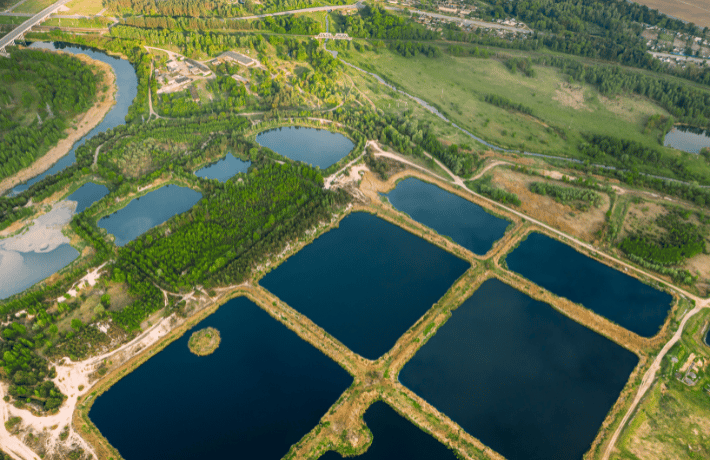It’s Flood Safety Awareness Week
Intergovernmental Affairs Advisory
March 17, 2014
FEMA and NOAA: Floods Happen Everywhere, Be Prepared
During Flood Safety Awareness Week, March 16 to 22, the National Oceanic and Atmospheric Administration (NOAA) and the Federal Emergency Management Agency (FEMA) are calling on individuals across the country to Be a Force of Nature: Take the Next Step by preparing for floods and encourage others to do the same.
Floods are the most common — and costliest — natural disaster in the nation affecting every state and territory. A flood occurs somewhere in the United States or its territories nearly every day of the year. Flood Safety Awareness Week is an opportunity to learn about flood risk and take action to prepare your home and family.
“Many people needlessly pass away each year because they underestimate the risk of driving through a flooded roadway,” said Louis Uccellini, Ph.D., director of NOAA’s National Weather Service. “Survive the storm: Turn Around Don’t Drown at flooded roadways.”
“Floods can happen anytime and anywhere,” said FEMA Administrator Craig Fugate. “Take steps now to make sure your family is prepared, including financial protection for your home or business through flood insurance. Find out how your community can take action in America’s PrepareAthon! with drills, group discussions and community exercises atwww.ready.gov/prepare.”
Our flood safety awareness message is simple: know your risk, take action, and be an example. The best way to stay safe during a flood and recover quickly once the water recedes is to prepare for a variety of situations long before the water starts to rise.
• Know Your Risk: The first step to becoming weather-ready is to understand that flooding can happen anywhere and affect where you live and work, and how the weather could impact you and your family. Sign up for weather alerts and check the weather forecast regularly at weather.gov. Now is the time to be prepared by ensuring you have real-time access to flood warnings via mobile devices, weather radio and local media, and avoiding areas that are under these warnings. Visit ready.gov/alerts to learn about public safety alerts and visitfloodsmart.gov to learn about your flood risk and flood insurance available.
• Take Action: Make sure you and your family members are prepared for floods. You may not be together when weather strikes, so plan how you will contact one another by developing your family communication plan. Flood insurance is also an important consideration: just a few inches of water inside a home can cost tens of thousands of dollars in damage that typically will not be covered by a standard homeowner’s insurance policy. Visit Ready.gov/prepare and NOAA to learn more actions you can take to be better prepared and important safety and weather information.
• Be an Example: Once you have taken action, tell family, friends, and co-workers to do the same. Technology today makes it easier than ever to be a good example and to share the steps you took to become weather-ready.
If you have any questions, please feel free to contact FEMA’s Intergovernmental Affairs Division at (202) 646-3444 or at FEMA-IGA@fema.dhs.gov.
NOAA’s mission is to understand and predict changes in the Earth’s environment, from the depths of the ocean to the surface of the sun, and to conserve and manage our coastal and marine resources. Join us on Facebook, Twitter and our other social media channels.
FEMA’s mission is to support our citizens and first responders to ensure that as a nation we work together to build, sustain, and improve our capability to prepare for, protect against, respond to, recover from, and mitigate all hazards. https://www.ready.gov/.


